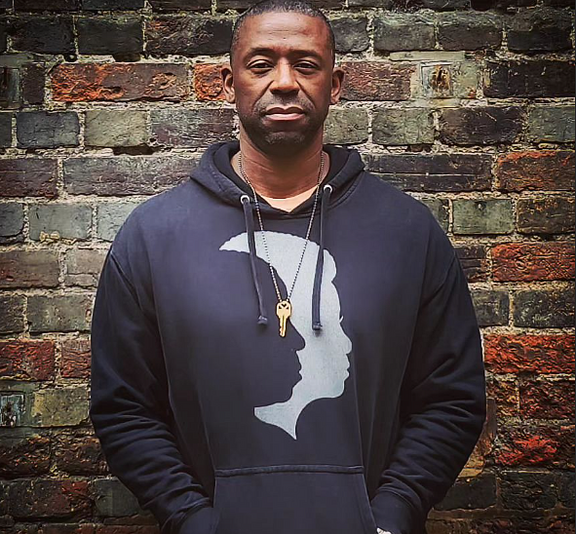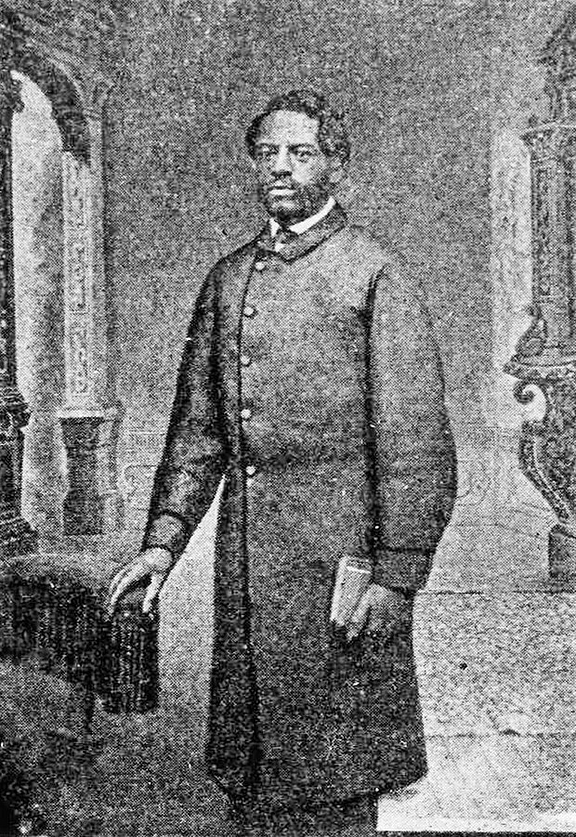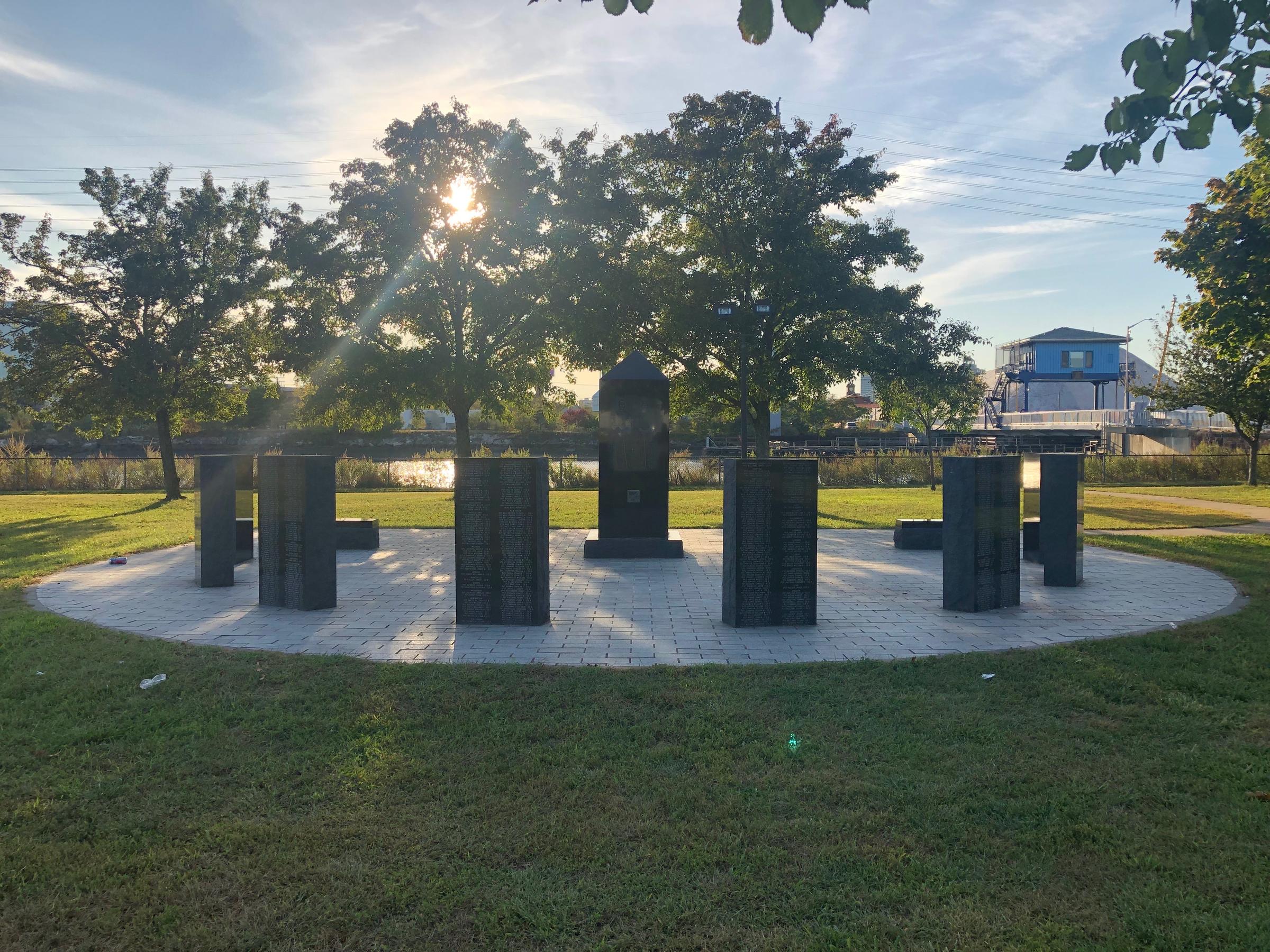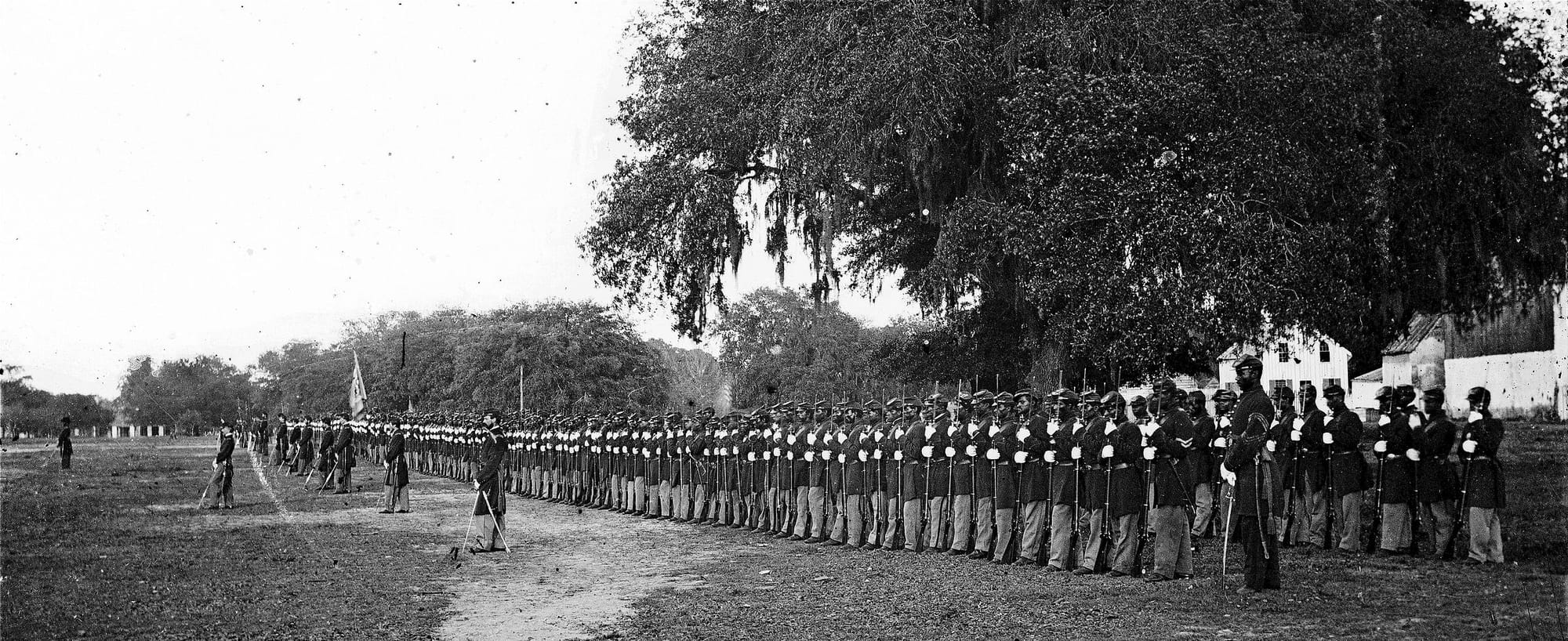Individuals of Connecticut’s Colored Regiments
New Haven Museum
New Haven
Nov. 11
One of the first things I noticed while listening to John Mills’s lecture about the experience of African Americans fighting for Connecticut in the Civil War was that he used the word “enslaved.”
It may seem like a small thing, but as a writer, I have been fascinated by the recent changes in verb-noun order. We say, “people experiencing homelessness” instead of homeless people now, just as we say “people of color” instead of colored people.
But why? Does it matter if we call someone “enslaved” vs. a “slave”?
Mills’s lecture, at the New Haven Museum, set out to answer that question, if not directly. Mills is one of the cofounders of the Alex Breanne Corporation, a nonprofit dedicated to “research, interrogation and presentation of lesser known stories representing the life experience of the American enslaved, presented from an African American perspective.”

That last part is key, because the perspective matters. One of my favorite movies is Glory, which details the experience of the 54th Massachusetts Regiment, one of the first all-Black regiments in the country during the war. The most damning critique of that movie is that the white commanding officer, Colonel Robert Gould Shaw, is the main focus of the story when it should have been the Black men fighting for their people.
Mills sets out to correct that, and similar, mistakes with his lecture. He focuses on the Connecticut 29th Regiment. Initially, political leaders in the state resisted forming an all-Black regiment, even though by the end of 1863 several states already had. White leaders were afraid that sending armed Black men to the South was a recipe for revenge and mayhem. Even in the war, race solidarity trumped everything else.
But it did for the African American soldiers too. Those men weren’t motivated by a desire for revenge, but instead to free other African Americans who were held in slavery. Men like Isaac J. Hill. Born in Pennsylvania, Hill traveled to Kentucky where he saw the horrors of slavery firsthand. When the Civil War broke out, Hill volunteered with the 3rd Pennsylvania Cavalry. African Americans weren’t allowed to fight at the time, but when Connecticut put out the call for Black soldiers in late 1863, he went north and enlisted.

Alexander Herritage Newton had a very different journey to the 29th.
He was born in North Carolina, the son of a free mother and an enslaved father. When he was a child, his mother would lend him out for work, and he believed that his status as a free man meant he had a say in his labor conditions.
After refusing to do a task, Newton was tied to a tree and given 31 lashes. After he recovered, he began helping runaways on the Underground Railroad.
When the war broke out, he joined the New York 13th Regiment, then made his way to the Connecticut 29th when African Americans were allowed to fight.

At the New Haven Museum, Mills eschewed the usual Civil War talk about brilliant generals and decisive battles, instead choosing to focus on the people who made those generals look brilliant.
“I’m interested in people. What they were feeling, what they thought during these pivotal moments,” he explained during the lecture.
And that’s why we say the word “enslaved.” Because these were human beings, generations of them. They were not slaves, or chattel, or property. Calling someone a slave states that’s what they are. Calling someone “enslaved” states what was done to them. Mills’s own great-great grandfather was enslaved, and learning about him opened the door to studying Connecticut’s Civil War history. He made it clear that his ancestors, Hill, Newton, and every other African American of that time period, enslaved or free, was a person.

NEXT
The New Haven Museum has several ongoing exhibits.
It’s playtime for Jamil at the Manchester Comic and Toy Convention






